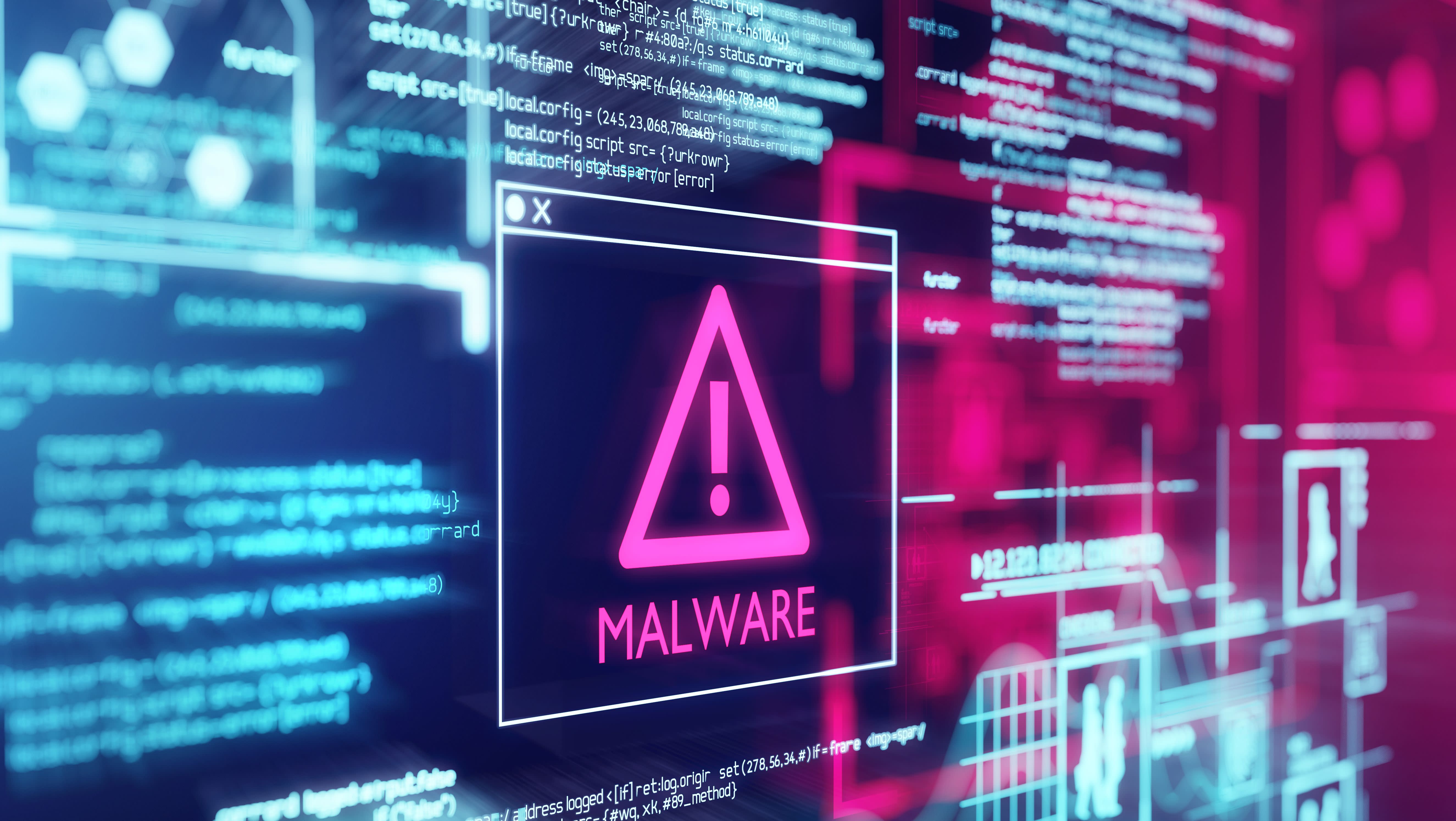This phishing campaign could really blow up in the face of the attackers
Err on the side of...error

Cybersecurity researchers have shared details about an ill-conceived malware campaign that falls flat on its face.
Enterprise network security company Trustwave spotted a campaign that uses a novel disk image file to conceal malware. It says that while the use of unusual attachments helps bypass security software like firewalls and antivirus software, it also runs the risk of raising red flags with users.
However, in this instance, the threat actors used such an esoteric file format that it isn’t even supported by Windows.
We're looking at how our readers use VPNs with streaming sites like Netflix so we can improve our content and offer better advice. This survey won't take more than 60 seconds of your time, and you can also choose to enter the prize draw to win a $100 Amazon voucher or one of five 1-year ExpressVPN subscriptions.
<p>>> <a href="https://project.tolunastart.com/tqsruntime/main?surveyData=LFFFsT0HpgsyUe0tTFumBJohXK8Sedt0ARpsCF4DRGR+oCoVbvd+2+d8+UNIIx4L" target="_blank">Click here to start the survey in a new window <<- Protect your devices with these best antivirus software
- Here's our choice of the best malware removal software on the market
- These are the best ransomware protection tools
“Encapsulating malware in an unusual archive file format is one of the common ways to bypass gateways and scanners. However, this strategy also poses a hurdle – the target system must recognize the file type or at least have a tool which can unpack and process the file,” notes Trustwave in its analysis.
WIMs and fancies
The campaign saw the threat actors use the WIM (Windows Imaging Format) file, disguised as an invoice or a consignment note, to smuggle malware.
In the past threat actors have relied on disk image files such as .ISO, .IMG, and .DAA to conceal malware. However, as Trustwave notes, unlike the other disk image formats, Windows does not have the built-in ability to extract these files, which can only be unpacked using archiving tools like 7Zip, PowerISO, and PeaZip.
Trustwave analysis reveals that the file contains the Agent Tesla malware, which is a dangerous remote access trojan (RAT) that can exfiltrate data via HTTP, SMTP, FTP, and Telegram and also allow the threat actors to exercise control over a compromised system.
Sign up to the TechRadar Pro newsletter to get all the top news, opinion, features and guidance your business needs to succeed!
However, concealing such a lethal malware inside such an obscure file format isn’t really a smart move as it ensures that a majority of the targets will not be able to accidentally infect their computers.
- These are the best endpoint protection tools
With almost two decades of writing and reporting on Linux, Mayank Sharma would like everyone to think he’s TechRadar Pro’s expert on the topic. Of course, he’s just as interested in other computing topics, particularly cybersecurity, cloud, containers, and coding.
